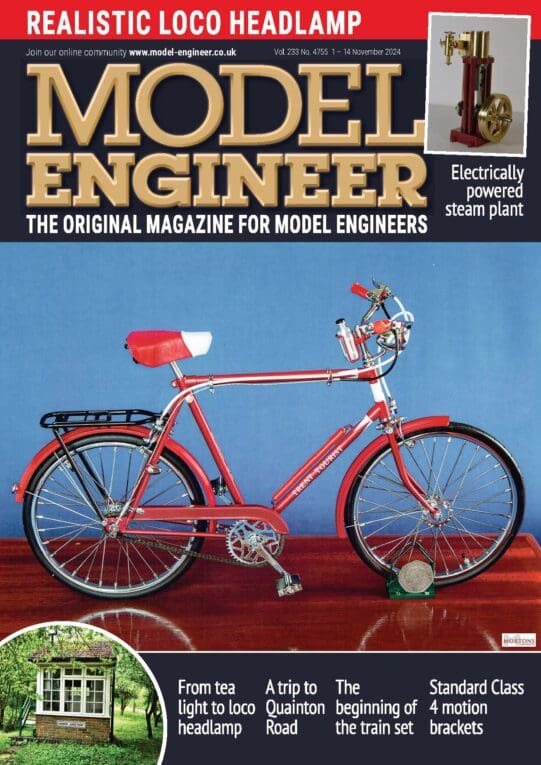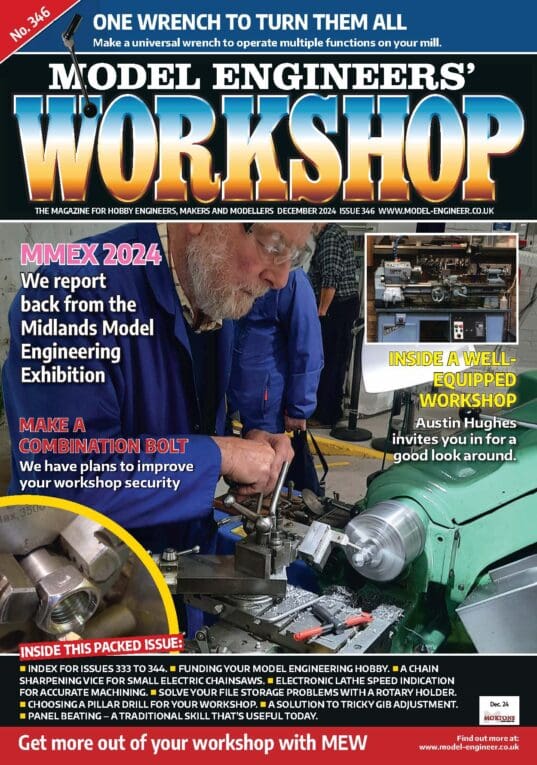On
14 January 2024 at 09:31 Steve355 Said:
One thing of interest is the procedure for setting surface grinder Gibbs. …
I think my table has seven set screws. I’m not sure if the order that they are tightened and re-tightened in, makes any difference. Perhaps there is a trick to this.
No one else reacted to so I’ll have a go! The background is:
- Gibs removed from machine
- Piano wire shims came out with it, and assumed not needed
- New set screws made.
Removing the gibs without noting how they were installed opens the door to re-assembly error – things like the gibs being inserted upside down, or the right way up but with dimples not aligned with the set-screws. In the worst case 3 out of 4 ways of fitting a gib are wrong.
I don’t understand what’s meant by “piano wire shims”. A picture would help. They may be a clue.
Are the new set-screws correct, that is shaped to accurately fit any dimples on the gib?. Dimples are often used to stop gibs moving sideways, and paired to mate with a set-screw. If one or more screws and dimples are misaligned, or the screw end is misshapen, the gib may bend and bind causing the symptoms described.
With luck the problem is adjustment. Adjusting a gib correctly can be fiddly, though maybe my method is wrong! I fit the gib and tighten all the screws gently by hand just enough to bring the gib and slide into contact. Then I move the table end to end looking for binding. If the dovetail and gib are in good condition and correctly assembled, then any binding is due to one or more screws being unevenly tight. Back each screw off one by one, retest for binding every time, and re-tighten any as you go where loosening made no difference. May be necessary to repeat the process several times.
Once the table moves without binding, tighten the screws with a screw-driver just enough to remove slop. In my experience the final adjustments are delicate and it’s easy to over-tighten the gib at this stage. Simply tightening the lock-nut can be enough to spoil the fit, so use the correct size screwdriver to stop the set-screw turning at all when the nut is tightened.
Sometimes I adjust my gibs in one go and think I’ve cracked it at last. Not so far! Mostly takes me 3 or 4 attempts to get it right. Gib adjustment is one of those jobs where persistence and bad language get me there eventually. I’m self-taught, could be doing it wrong, and am clumsy…
Dave
Steve355.

















